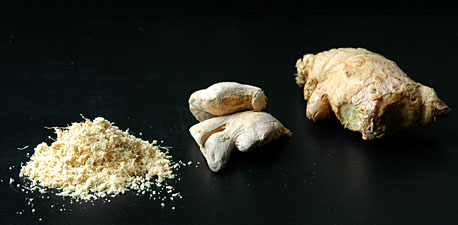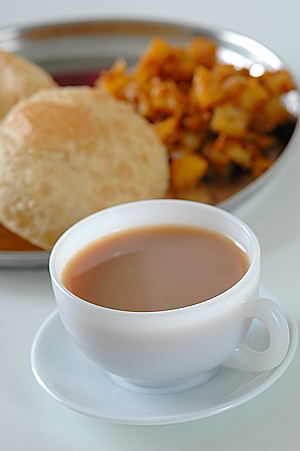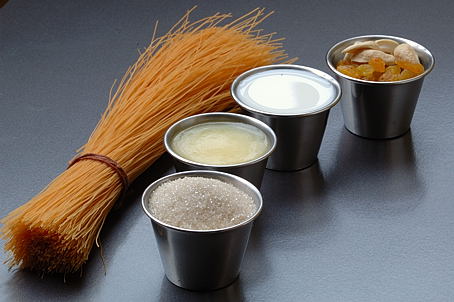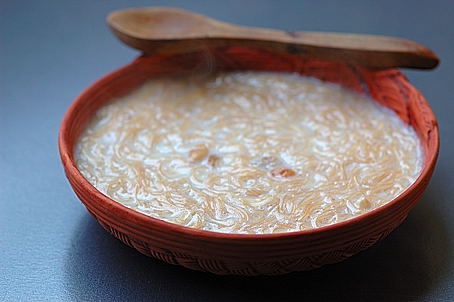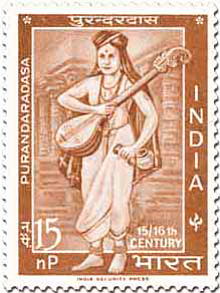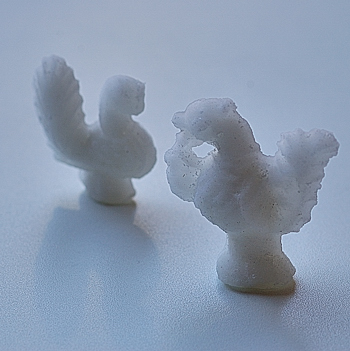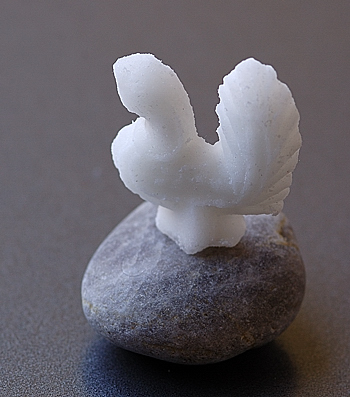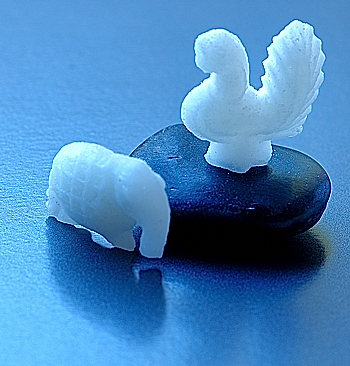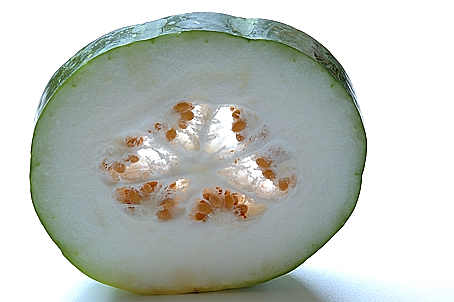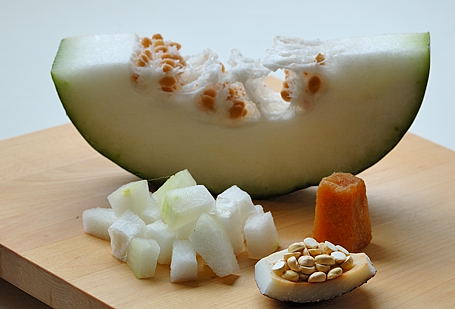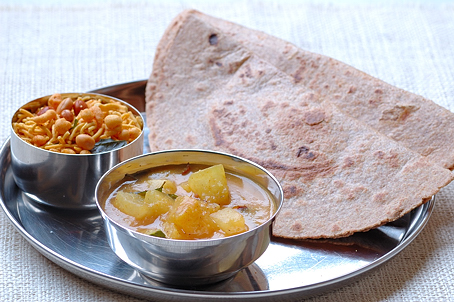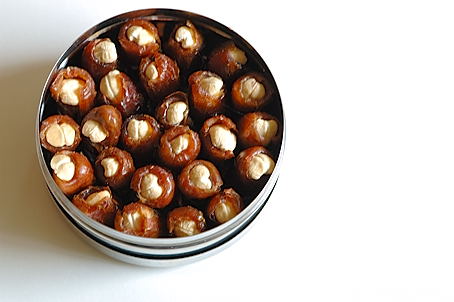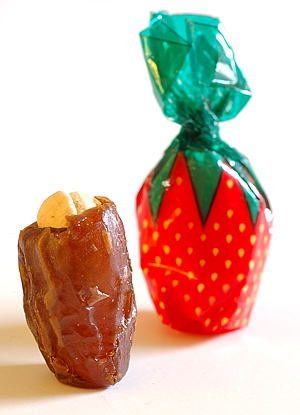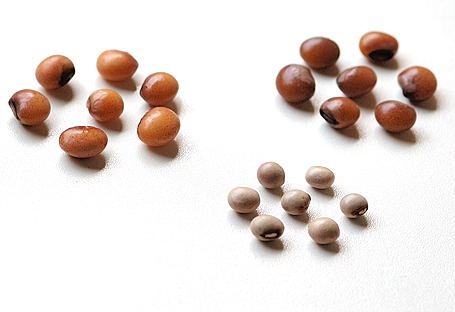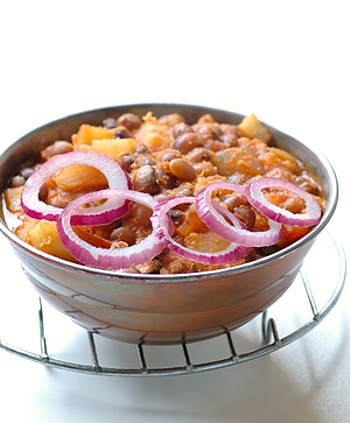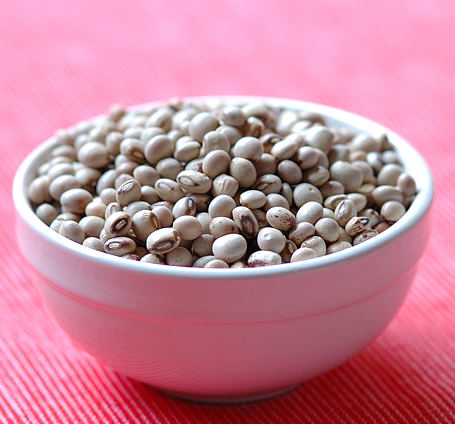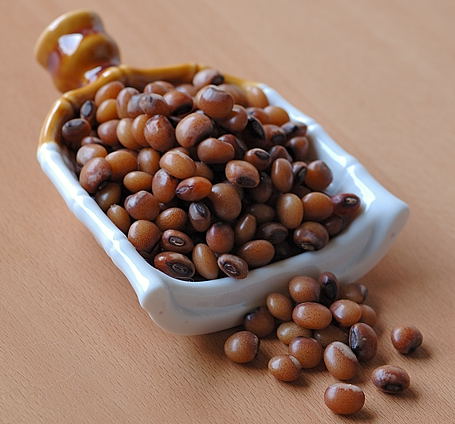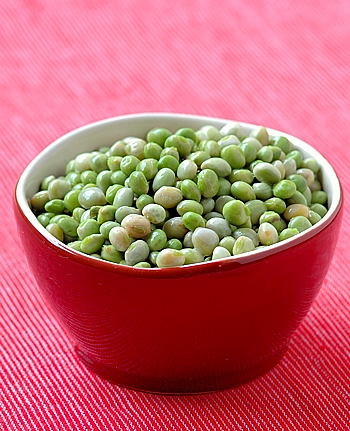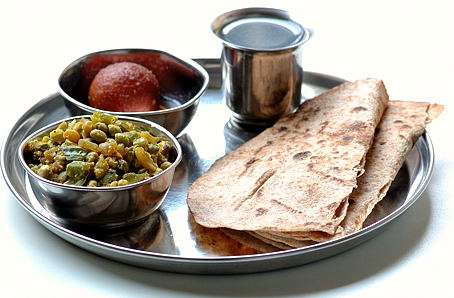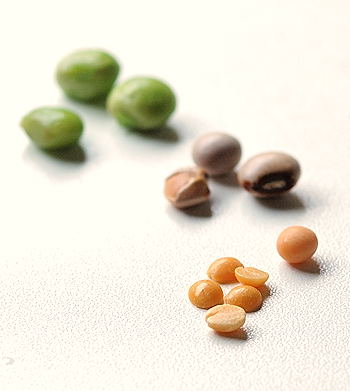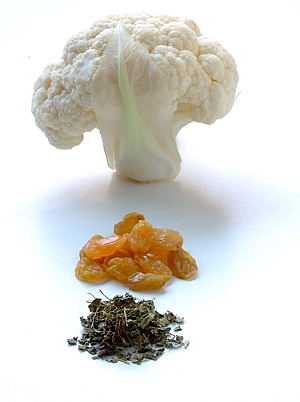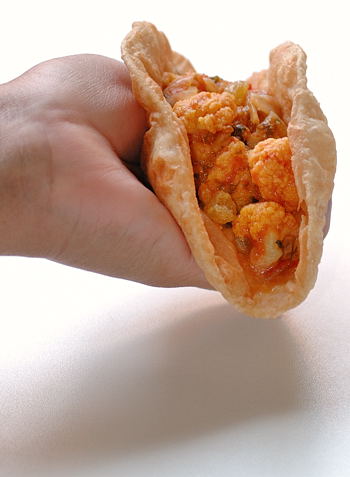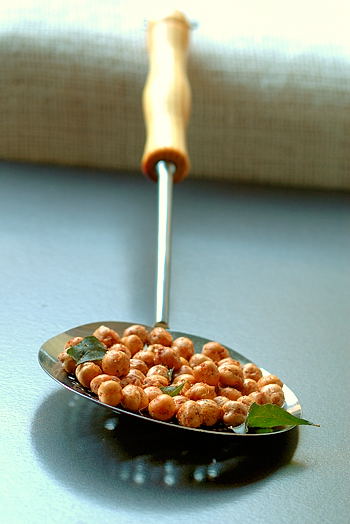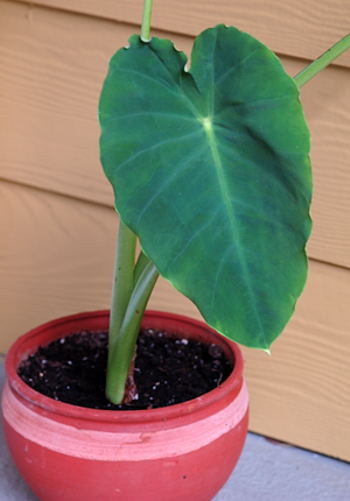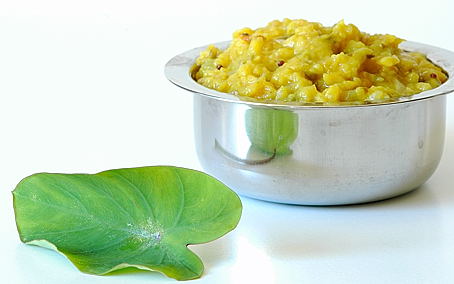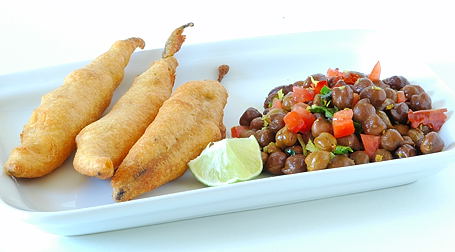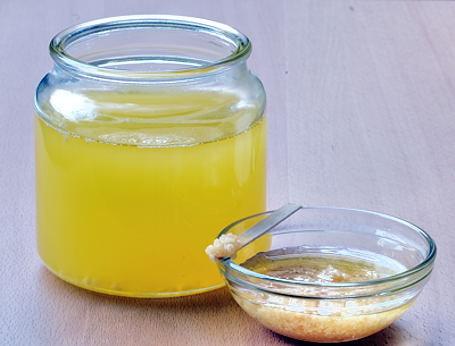|
Photo Purchase Keywords: Dal, Bottle Gourd (It takes money, time, effort and energy for food photography. Please don’t photosteal. Click on the links and purchase the photos legally to digital download and to print. Thanks.) |
A good many people seem to have a mental block against bottle gourd (= Sorakaya, Dudhi, Lauki). I too did have some time ago, but lately the availability of fresh looking and young vegetables at nominal price made me revisit the old classics as well as do little experimentation with bottle gourd.
The following recipe is one of many pappu (dal) arrows from my mother’s recipe quiver. If you do not like eating raw vegetables, then cook them with toor dal. That’s the common practice at my home, and also in many homes in Andhra Pradesh. It works perfectly. See, now I’m addicted to vegetable-dal combinations.
In this dal recipe, the slightly sweet bottle gourd is protein powered with toor dal, flavored with tamarind and chilli, and seasoned with tadka. Definitely, this will ease your way in any bottle gourd battle.
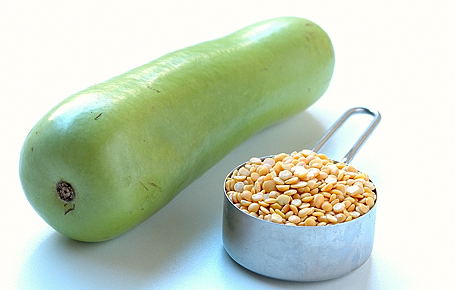
Bottle Gourd (Sorakaya, Dudhi, Lauki) and Toor Dal
Recipe:
¾ cup – toor dal (kandi pappu)
1½ to 2 cups – finely cubed bottle gourd (Sorakaya, Dudhi)
¼ cup – coarsely chopped onion
½ teaspoon each (or to taste)- red chilli powder and turmeric
Marble ball sized tamarindFor popu or tadka:
1 tablespoon ghee or peanut oil
6 each – curry leaves, crushed garlic
Pinch each – cumin, mustard seeds and hing (asafoetida)
Take toor dal in a pressure cooker. Rinse the dal with water. Add the bottle gourd cubes, onion, chilli powder, turmeric and tamarind. Add about one to two cups of water. Mix. Close the lid and steam-cook until toor dal reaches the fall-apart stage. Then add salt, and coarsely mash the ingredients together.
The dal benefits greatly from my daily vitamin dose, I call “popu or tadka“. Let’s heat ghee or oil in a vessel. Add the curry leaves and garlic. Toast them to pale brown, and then add the cumin, mustard seeds and hing. When the seeds start to pop, add the mashed dal to the vessel. Mix and serve the dal with rice or with chapati.
For a true Andhra experience, mix the dal with rice and ghee. Shape into small rounds like shown below. Dip them in pickle or podi. Enjoy.
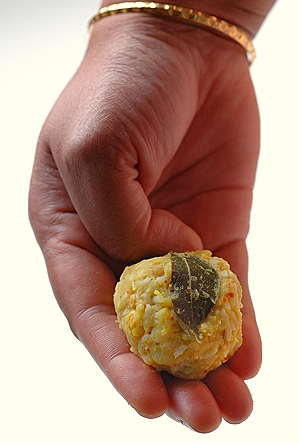
Sona Masuri Rice mixed with Sorakaya Pappu, and Shaped to a Round ~ A Bharath Experience
– Indira
